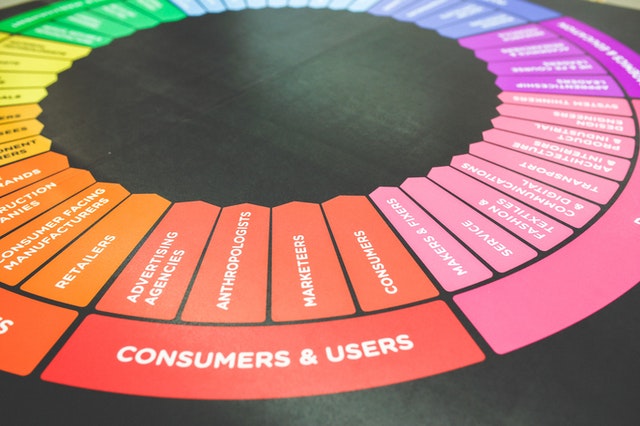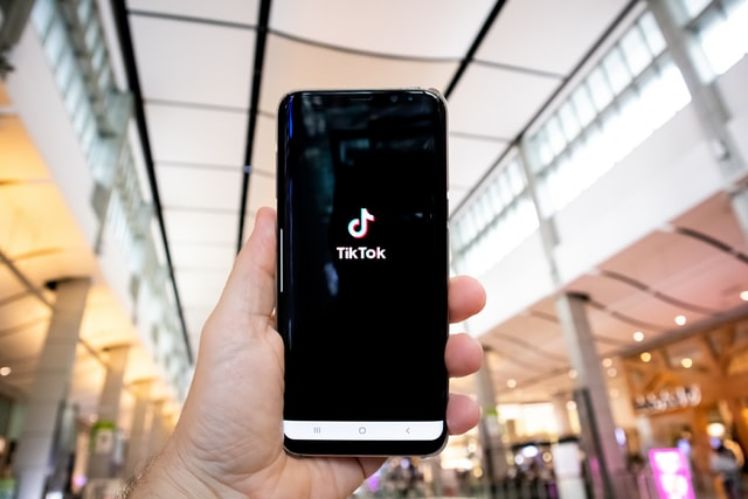In a market awash with options and in which several companies will have to contend with each other to cover the same need, neuromarketing enables us to confer new elements to our products to make them stand out.
Neuromarketing is a specialisation within marketing that exploits our most primal instincts to influence our decision-making when it comes to making purchases. It may strike as something crazy in a world dominated by logic, and yet it works.
Index
- What is neuromarketing?
- Advantages of neuromarketing
- Examples of companies that use neuromarketing
- How to introduce neuromarketing in your marketing strategy
What is neuromarketing?
First of all, let’s have a look at neuromarketing’s definition: Neuromarketing is a marketing speciality area that employs a set of scientific techniques and knowledge within the field of neuroscience to study, explain, and predict customer behaviour.
Its ultimate goal is to dive into the customer’s subconscious to attempt to impact his/her decision-making when making a purchase.
You can find out more about what neuromarketing is and some neuromarketing examples in this video:
Advantages of neuromarketing
The human brain can be considered as something that’s split into two parts: one part processes information consciously and rationally while another part processes the same information at an unconscious and irrational level.
Neuromarketing techniques are based on objective data arising from magnetic resonance imaging (MRI), magnetoencephalography (MEG), or electroencephalography (EEG) — capable of measuring the reactions taking place in the unconscious part of our brains. It’s about discovering how elements in our environment such as light, colours, or smells can impact decision making, which is supposedly a conscious process.
All this additional information on unconscious reactions cannot be gathered through traditional marketing means and is quite useful for making better choices regarding our product strategy.
Some of the benefits of applying neuromarketing include:
1. Increasing conversion rates
Optimising the exact elements that trigger purchases is possible by using neuromarketing as an alternative to having to carry out testing until the best combination is found. This enables saving time and generating money faster.
2. Adjusting the value proposition
Your website only has a few seconds to make an impression on the customer as to your value proposition (i.e. who you are, what you do, and why people should buy from you). Neuromarketing can help us optimise our website and give a boost to the conversion rate.
3. Optimising the shopping cart
Customers have a lot of anxiety when completing a purchase and this anxiety is not always soothed by money-back guarantees or the like.
By getting to know the customer’s unconscious doubts we’ll be able to curb dropouts and increase the conversion rate by up to 30%.
Read on: 7 essential trends to keep in mind for creating a successful online store
4. Selecting the packaging that works best
Neuromarketing can measure very precisely the customer’s response to design features such as colour, images, or fonts.
For instance: Matte beige potato crisp bags — unlike glossy bags with colourful pictures — work better because neutral bags are perceived as being more natural and don’t trigger a feeling of nutritional guilt when being bought.
Examples of companies that use neuromarketing
Brands become aware of what consumers think through explicit research techniques such as surveys, focus groups, and interviews. They can analyse consumer behaviour with observational techniques. However, this information may prove insufficient in a market where competition is always on the increase.
For this reason, brands such as Coca-Cola, Hyundai, or eBay are forced to deploy ever more innovative approaches with their customers in mind when evaluating their products.
Watch the Volkswagen commercial that won the Super Bowl a few years ago thanks to a neuromarketing study:
Neuromarketing companies can be divided into three large groups:
1. Specialised companies that offer neuromarketing services and carry out studies for brands.
These companies aim at carrying out studies to analyse — from an emotional and cognitive level — different aspects of a marketing strategy such as its advertising campaigns, the product itself, or the product’s packaging.
2. Companies that develop and sell the technologies required to carry out this neuromarketing research.
These neuromarketing companies develop technology and software that are more easily adapted for their use in market research than in other fields such as healthcare. Measuring and analysing behavioural and physiological responses is a straightforward procedure and can be translated into valuable information for marketing and communication purposes.
3. Companies that carry out neuromarketing research for brands but that also provide the physical support required for the brands to carry out this research themselves.
By offering both services, these companies can cover all the needs that a given brand or business may have.
Some neuromarketing companies that develop software so that brands may perform their own tests are Bitbrain, iMotions, or NeuroFocus.
How to introduce neuromarketing in your marketing strategy
We can implement some “tricks” in our marketing strategy that have been obtained from the studies carried out in neuromarketing over the years:
1. Use simple language
Simple fonts with an unvarying width and that don’t contain many accent marks (in the case of languages like Spanish or French) work well, unlike other options that may strike as being too flashy. The easier it is to read, the better it will work.
2. Suggest the viewer what to do
If you want the customer to look at shoes, you can show an ad in which a woman is looking at a pair of shoes for instance. When we call for a given action and highlight it, we are reinforcing an unconscious crave for carrying out such an action.
3. Offer a limited amount of options to avoid decision paralysis
There are times when offering many options is counterproductive because it may very likely get the customer paralysed. It’s best if he/she may only choose between a few options.
4. Carry out A/B tests
A/B tests are, in short, tests to evaluate what works and what doesn’t. When you launch a campaign, you must test elements such as language, colours, or the payment steps to find out which options your customers respond better to.
5. Tell interesting stories
One of the best ways to enthral someone is to tell him/her a good story. It can also help customers acquire a positive association with your brand.
You might be interested in: The best examples of digital branding in tech companies
Bottom line
Based on the neuromarketing examples and techniques we’ve been discussing, one thing is clear. Companies unable to personalise their customer relationships and base them on their customers’ needs and expectations will soon die out.
This kind of customisation requires getting to know the customer at a much deeper level than any web forms, focus groups, or observation may allow.
It seems that the future of advertising lies in combining traditional marketing methods with neuromarketing to attain a comprehensive picture of the customer. Both techniques fall short separately. However, when combined, the increase in conversion rates is spectacular and we suspect that it’s something that will carry on being a buzz topic for yet a long time to come.











